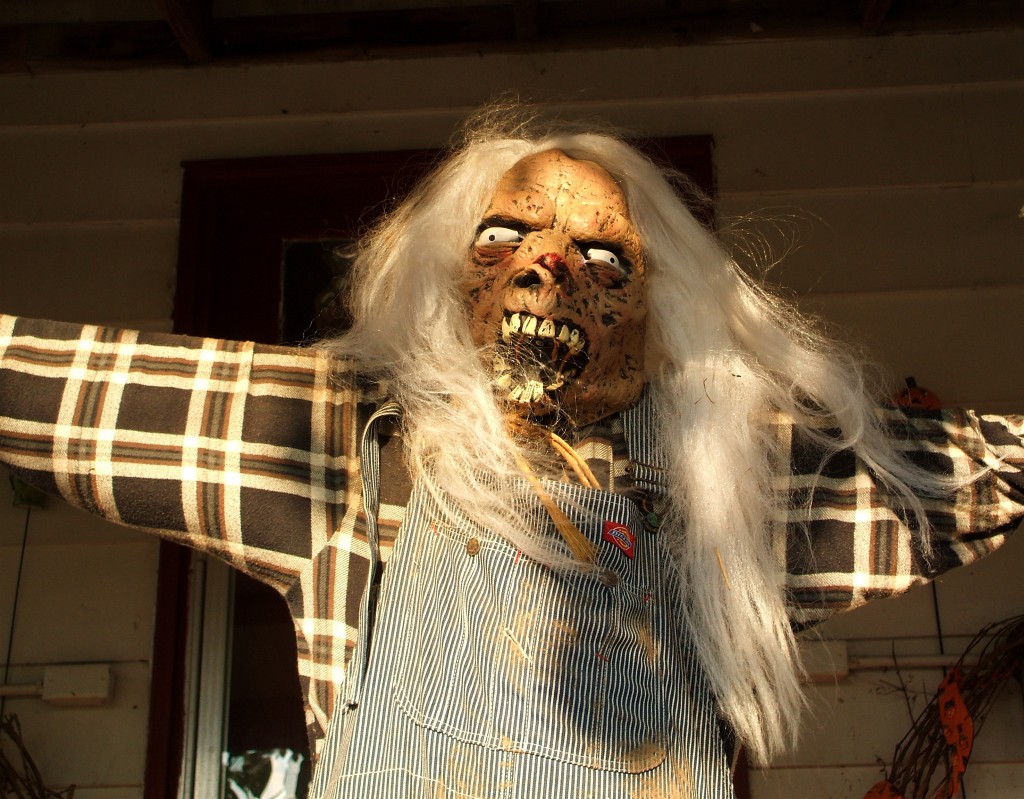
In June 2014, a class of New Westminster kindergartners from my kid’s school were held in lockdown at Science World while police traded fire with a crime suspect just outside. When it comes to current events, for the most part we try to shelter our young kids from the sad and violent news of the world, but with everyone at school and in the neighbourhood talking about what happened, there was no way we could just pretend it never happened.
The day of the lockdown, the principal of the school sent home a letter to parents explaining what happened and letting us know that counselling help would be available to any children who were traumatized by the event. The letter recommended we be ready to listen and answer questions from our kids about the lockdown and gunfight, but suggested that it was better not to bring it up if our kids weren’t already talking about it. My neighbours and I wondered about that. How do you know when to proactively prepare kids to hear difficult news, and when to wait until they bring it up?
It really isn’t a one-size-fits-all question. One of my kids is the kind who feels most secure when he is prepared in advance for bad news. Once he’s got a mental map of what to expect, he is a cool cucumber no matter what’s going on. When he is caught off-guard, however, his emotions boil over. My daughter, on the other hand, seems to become more anxious when she has time to think about difficult situations or bad news. For her, it is better to deal with the feelings she has, and avoid introducing new worries about what might be.
But sometimes, you don’t get to decide how and when to teach your children about the darker side of life. As it turned out, my son did learn about the lockdown from a friend at school – and as in a game of telephone, the tale became more embellished with each telling. Although I had worried about what to say and how much, once I was in the middle of it, I knew what to do:
- Let the kids talk first: Before jumping in with an explanation, try to find out what they know and how they feel about it. Ask questions to draw them out – sometimes it takes a while for kids to find the words to express themselves.
- Be truthful, clear and concise: Once you’ve heard what they know and what they don’t, you can decide whether you need to correct any misunderstandings or fill in missing information. Kids don’t need a play-by-play, but you can help frame the story by emphasizing (or de-emphasizing) certain details.
- Look for the helpers: Following the terrible events on September 11, 2001, many people shared a piece of advice from Fred Rogers (of the TV show “Mr. Rogers’ Neighbourhood”) to look for the helpers when bad things happen to remind you of the goodness in people. In this case, I made sure to emphasize that no one was hurt because the teacher and parent supervisors did all the right things to keep the kids safe.
- Help them feel safe: I remind my kids that we live in a very safe part of the world. Scary things like this are in the news precisely because they are rare. When my kids worry bad things might happen to them, I remind them of all the ways they are protected: firstly that it is very unlikely, and secondly that they have parents, teachers, police and others watching out for them.
As usual, it turned out that I was more worried than I needed to be. Kids are resilient, and will let you know when they need help to feel reassured and safe when they hear about scary things happening in the world.
Briana Tomkinson is a New Westminster mom, freelance writer, and Editor in Chief of www.TenthtotheFraser.ca
